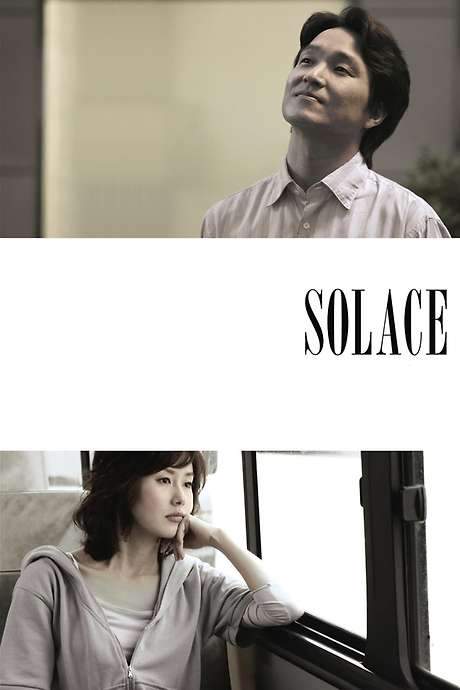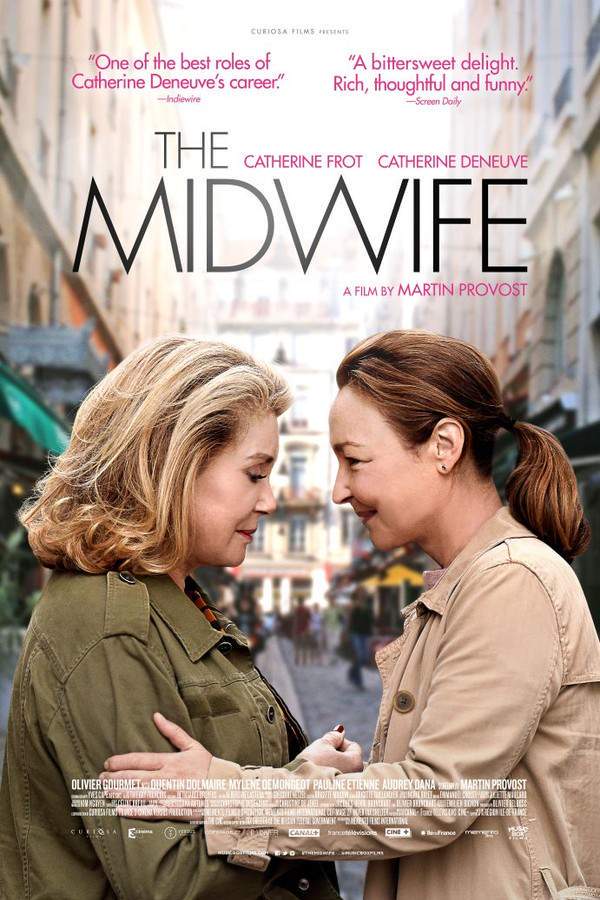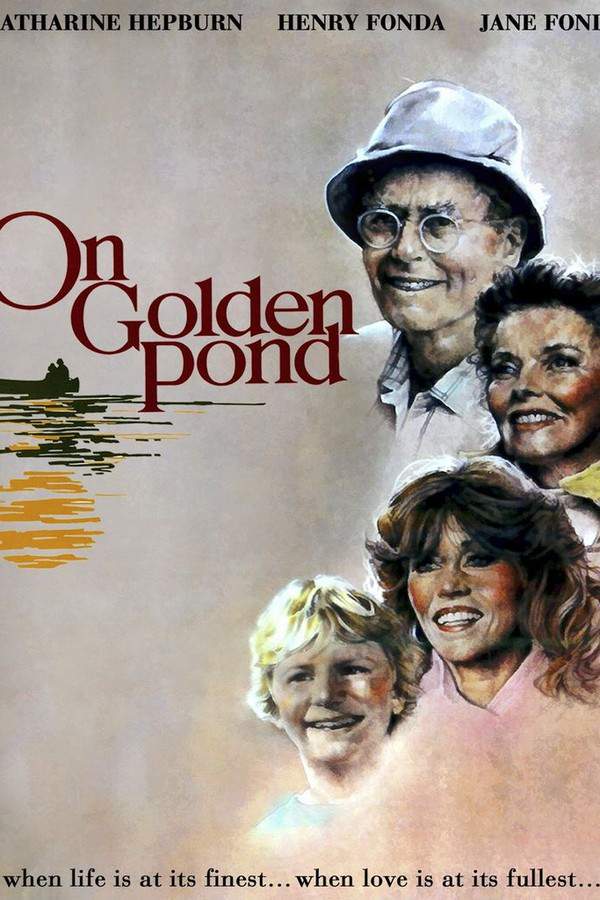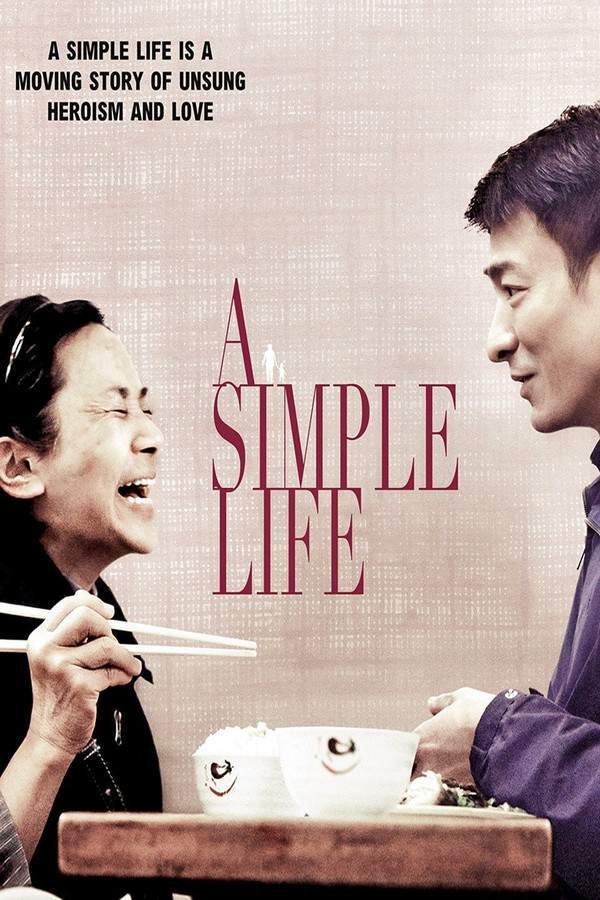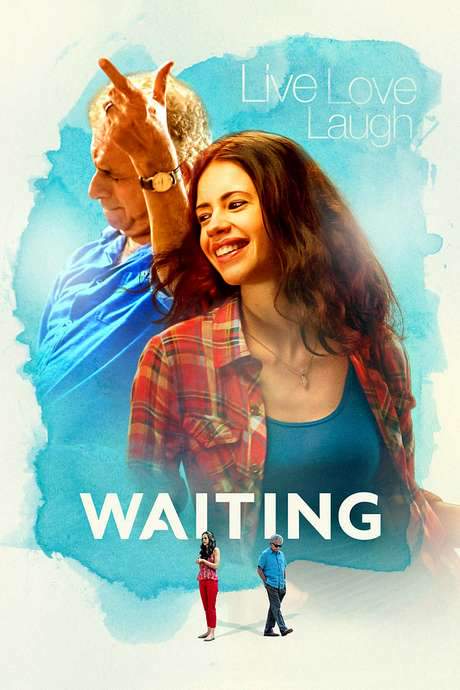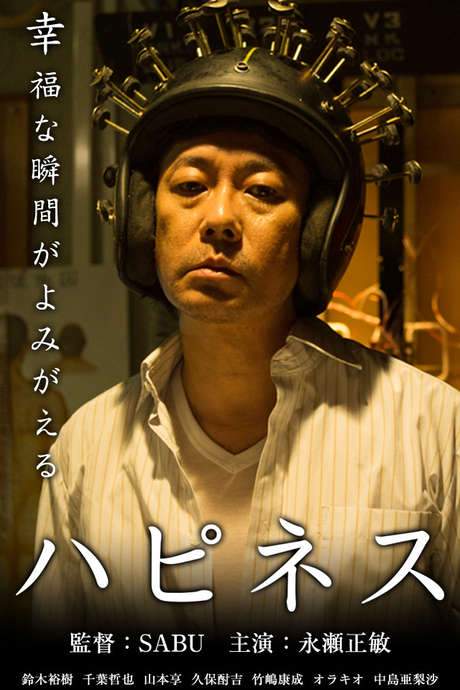
Villa 69
Year: 2013
Runtime: 120 mins
Language: Arabic
Director: Ayten Amin
Hussein, a charismatic architect facing a terminal illness, maintains a solitary and carefully structured life in his ancestral home. His routine is upended when his sister and her grandson unexpectedly move in, disrupting his established pattern and introducing new dynamics. The arrival of family forces Hussein to confront his past, re-evaluate his relationships, and reconsider his perspectives on love, life, and the importance of family connections.
Warning: spoilers below!
Haven’t seen Villa 69 yet? This summary contains major spoilers. Bookmark the page, watch the movie, and come back for the full breakdown. If you're ready, scroll on and relive the story!
Villa 69 (2013) – Full Plot Summary & Ending Explained
Read the complete plot breakdown of Villa 69 (2013), including all key story events, major twists, and the ending explained in detail. Discover what really happened—and what it all means.
Director Ayten Amin crafts a film that sits gently between drama and comedy, offering a warm, observant look at everyday life in contemporary Egypt. The narrative moves with quiet patience, inviting viewers to notice the small rituals and ordinary moments that stitch a community together, even as tenderness and tragedy interweave through the lives of its characters.
Khaled Abol Naga stars as Hussain, a cantankerous architect whose life is shadowed by a terminal illness that never needs to be named aloud. Unable to form deep connections and wary of others, he clings to solitude in his family’s old home, where every creak of the floorboards seems to echo the days slipping by. Yet the film remains attentive to his humor and stubborn humanity, painting a portrait that is compassionate rather than bleak. Hussain occasionally greets the world from his doorway with a half-smile, and the care he receives from those around him begins to blur the line between independence and dependence.
Hanaa, Hussain’s nurse, brought to life by Heba Yousry, appears as a steady, patient presence who balances professionalism with a quiet warmth. Her visits bring a soft cadence to the day, offering grace notes of kindness as Hussain navigates his illness. Sanaa, Hussain’s companion in moments of intimacy, is portrayed by Arwa Gouda, a figure who brings a sense of closeness and humanity to Hussain’s constrained world. The film carefully threads these connections into Hussain’s life, suggesting that companionship, even when imperfect, can illuminate the path toward acceptance.
When Nadra, Hussain’s sister, and Seif, his great-nephew, move in, the atmosphere shifts. Lebleba brings Nadra to life as a practical, affectionate force who helps manage the household and keeps vigil over Hussain’s medication and routines. Omar ElGhandour portrays Seif with a blend of irreverence and loyalty, a young man whose presence nudges Hussain toward moments of reawakening. The dynamic changes the old home into a space where old habits collide with new perspectives, gently pushing Hussain to reconsider his solitary stance.
Seif introduces Hussain to Aya, a friend of his who brings a different energy into the room. Aya is played by Sally Abed, and her interactions with Hussain and Seif fuel a sense of possibility that \u2014 for a while \u2014 brightens Hussain’s days. The trio’s evolving closeness leads Hussain to open up to music and shared moments, teasing him out of a lifelong shell and inviting him to participate more fully in life’s textures.
Throughout the film, the audience witnesses Hussain wrestle with the effects of his medication, suffering visible reactions that underscore the seriousness of his condition while also revealing a stubborn, stubbornly hopeful spirit. Nadra and Seif become steady companions, keeping house, assisting with treatment, offering company, and vigilantly watching for signs of decline. Hussain’s work in architecture has been dormant for weeks, a quiet indicator of his physical and emotional deterioration, yet the story never dwells on despair. Instead, it leans into the human desire for connection, music, and meaning.
As the days unfold, Hussain’s walls begin to soften. He joins Seif and Aya in moments that feel like a return to youth and possibility, stepping into his friend’s garage band and showing the younger generation what “real music” can sound like. The film folds in humor and warmth, allowing Hussain to rediscover a sense of play and a shared sense of purpose that had seemed out of reach.
In the end, the film closes on a vivid note of transformation. Hussain, Seif, and Aya climb into an old car and roll through the city together, a quiet drive that signals a change of heart and a fragile acceptance of his own mortality. What began as a solitary, inward struggle becomes a communal, humanizable journey toward the end that lies ahead, leaving the audience with a sense of hope carried by friendship, music, and the simple act of moving forward.
Last Updated: October 03, 2025 at 06:48
Explore Movie Threads
Discover curated groups of movies connected by mood, themes, and story style. Browse collections built around emotion, atmosphere, and narrative focus to easily find films that match what you feel like watching right now.
Movies about quiet endings and new beginnings like Villa 69
Stories where profound loss gently gives way to fragile hope and human connection.If you liked the gentle, reflective journey in Villa 69, explore more movies about personal transformation. These films feature characters facing major life changes, finding hope in quiet moments, and often have a bittersweet yet compassionate tone similar to this drama.
Narrative Summary
The narrative pattern follows a protagonist, often in isolation or facing a finite ending (like an illness or the end of an era), whose carefully constructed world is disrupted. This disruption, usually through the arrival of new people or perspectives, forces a re-evaluation of the past and leads to a quiet, often bittersweet, acceptance and a newfound connection to life.
Why These Movies?
These films are grouped together because they share a specific emotional blend: they balance the weight of mortality or loss with the gentle, uplifting power of human connection. The pacing is patient, the tone is compassionate, and the endings feel earned, fragile, and hopeful rather than purely tragic or simplistically happy.
Movies about intergenerational healing and family like Villa 69
Films where the young and old bridge divides to find unexpected understanding.For viewers who enjoyed the dynamic between Hussein and his grandson in Villa 69, this collection features similar movies about family bonds. Discover stories where solitary older characters and younger generations connect, leading to personal growth and a rekindling of family ties, all with a straightforward, heartfelt narrative.
Narrative Summary
The narrative typically involves a solitary or set-in-their-ways older character whose life is interrupted by a younger relative or acquaintance. Initial friction gives way to a shared journey where both parties learn from each other—the elder gains new perspectives and vitality, while the younger gains wisdom and roots—leading to emotional healing for both.
Why These Movies?
These movies are united by their focus on the specific dynamic of cross-generational connection as a catalyst for personal change. They share a warm, often gently humorous tone, a straightforward narrative complexity that focuses on character development, and a central theme of reconciliation and the enduring importance of family.
Unlock the Full Story of Villa 69
Don't stop at just watching — explore Villa 69 in full detail. From the complete plot summary and scene-by-scene timeline to character breakdowns, thematic analysis, and a deep dive into the ending — every page helps you truly understand what Villa 69 is all about. Plus, discover what's next after the movie.
Villa 69 Timeline
Track the full timeline of Villa 69 with every major event arranged chronologically. Perfect for decoding non-linear storytelling, flashbacks, or parallel narratives with a clear scene-by-scene breakdown.

Characters, Settings & Themes in Villa 69
Discover the characters, locations, and core themes that shape Villa 69. Get insights into symbolic elements, setting significance, and deeper narrative meaning — ideal for thematic analysis and movie breakdowns.

Villa 69 Spoiler-Free Summary
Get a quick, spoiler-free overview of Villa 69 that covers the main plot points and key details without revealing any major twists or spoilers. Perfect for those who want to know what to expect before diving in.

More About Villa 69
Visit What's After the Movie to explore more about Villa 69: box office results, cast and crew info, production details, post-credit scenes, and external links — all in one place for movie fans and researchers.




